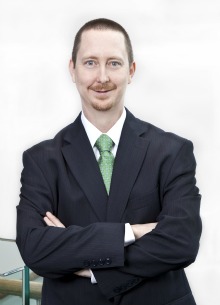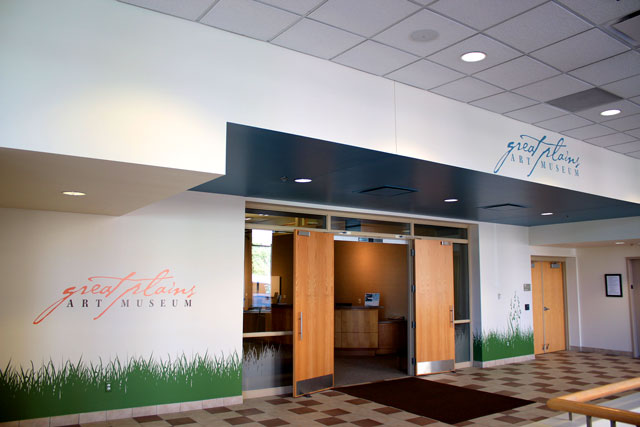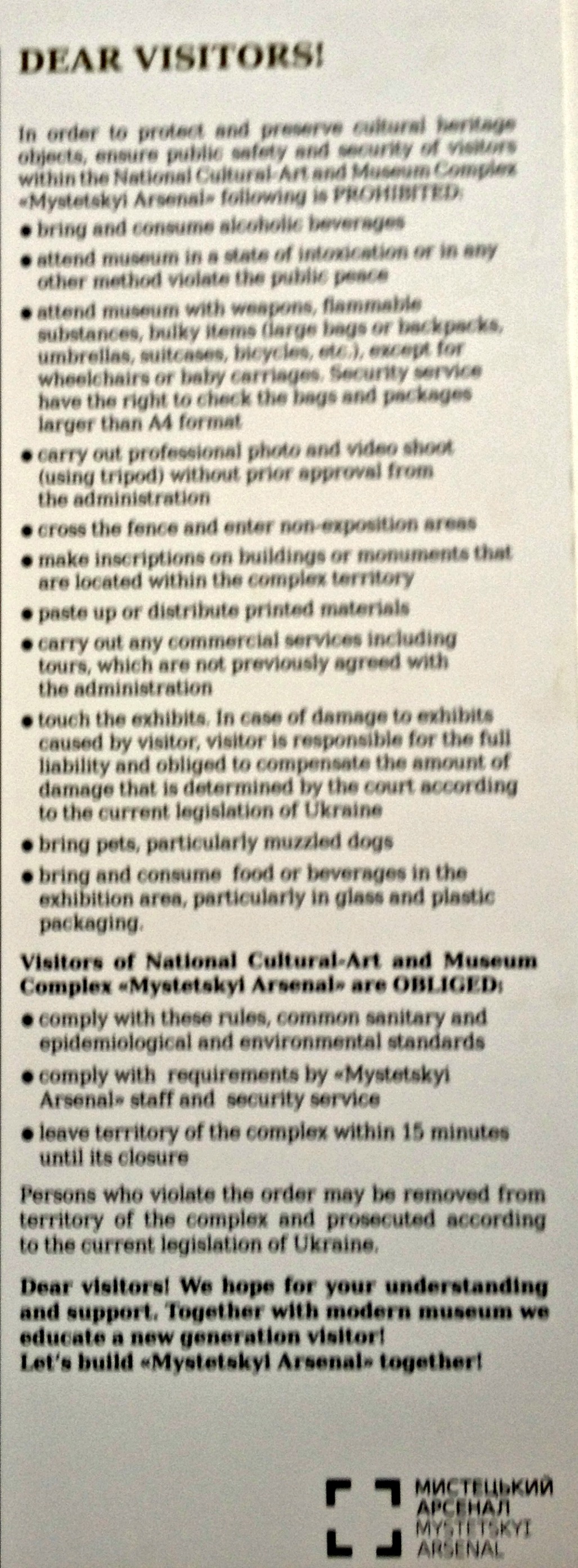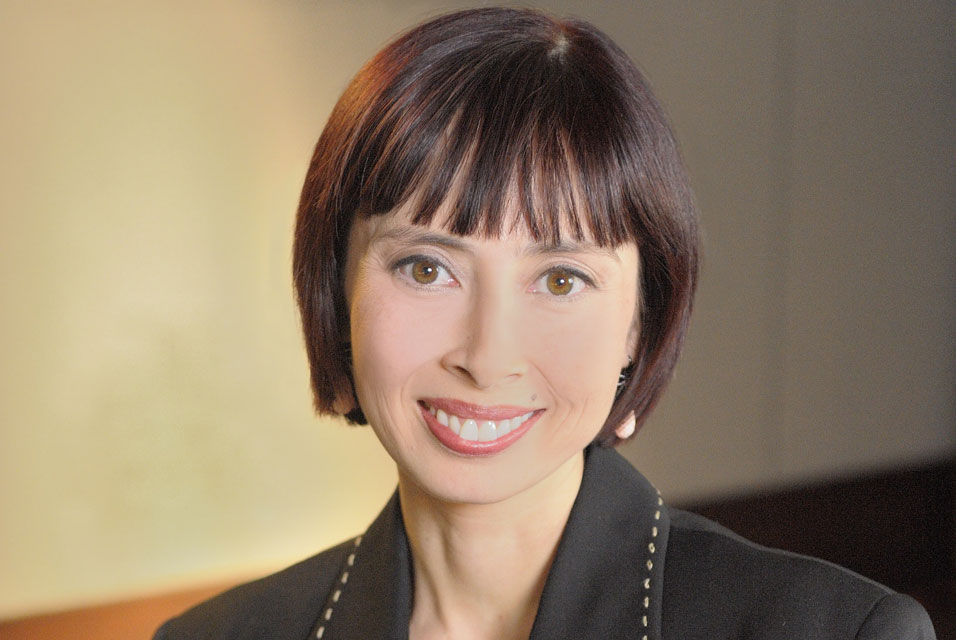It’s just a gesture, but it is nevertheless an excellent one: Today, the Association of Art Museum Curators announced that they will hold their next annual meeting in Detroit. At least one day of programs in the three-day conference will take place at the Detroit Institute of Arts. Said Emily Ballew Neff (at right), President of the AAMC and curator of American painting and 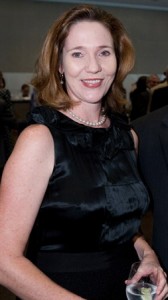 sculpture at the Museum of Fine Arts, Houston:
sculpture at the Museum of Fine Arts, Houston:
We have watched the situation in Detroit and at the DIA very closely this year. We believe that moving our conference to the DIA affirms our support of one of the most outstanding museum collections in the world. And, we thought, what better way to show this than by bringing hundreds of curators to its doors next May?
Graham W J Beal, DIA’s Director, is obviously delighted, and said so in a statement.
Ever since this mess with the Detroit bankruptcy began last spring, art-world people have struggled with the means of showing meaningful support. We’ve liked the DIA on Facebook (go here, where its friends now total 246,434) and signed petitions; we’ve blasted officials and Christie’s, and sent letters to the Michigan governor.
At the end of the day, it’s all symbolic. But we cannot give up; the pressure must be maintained. I’m glad the AAMC added their part to this today.
Photo Credit: Courtesy of GlassTire

